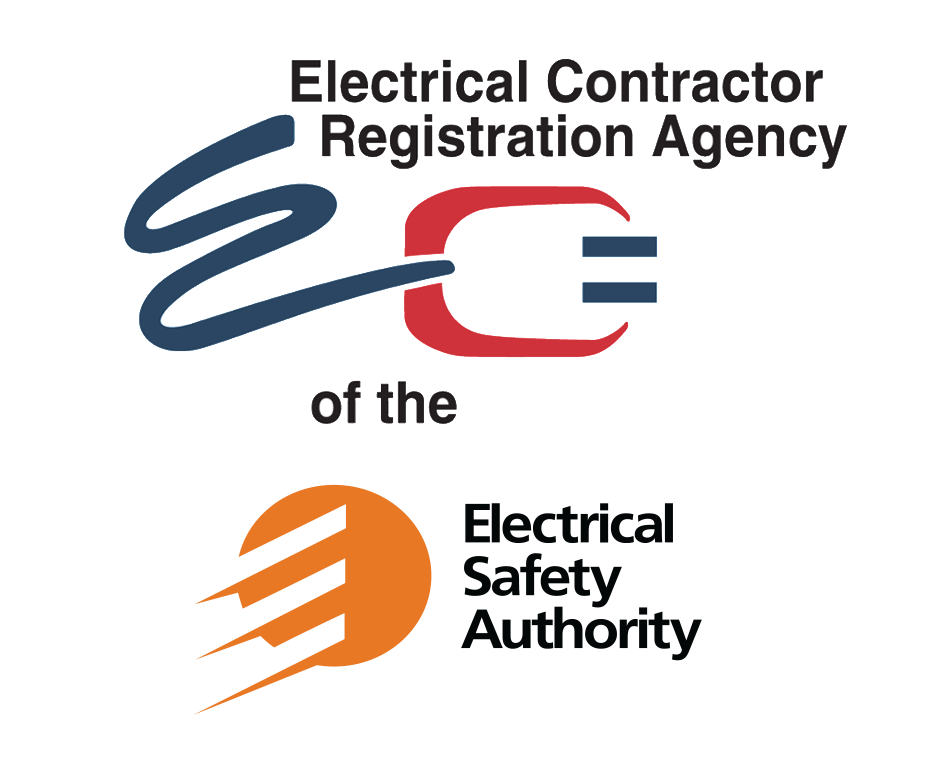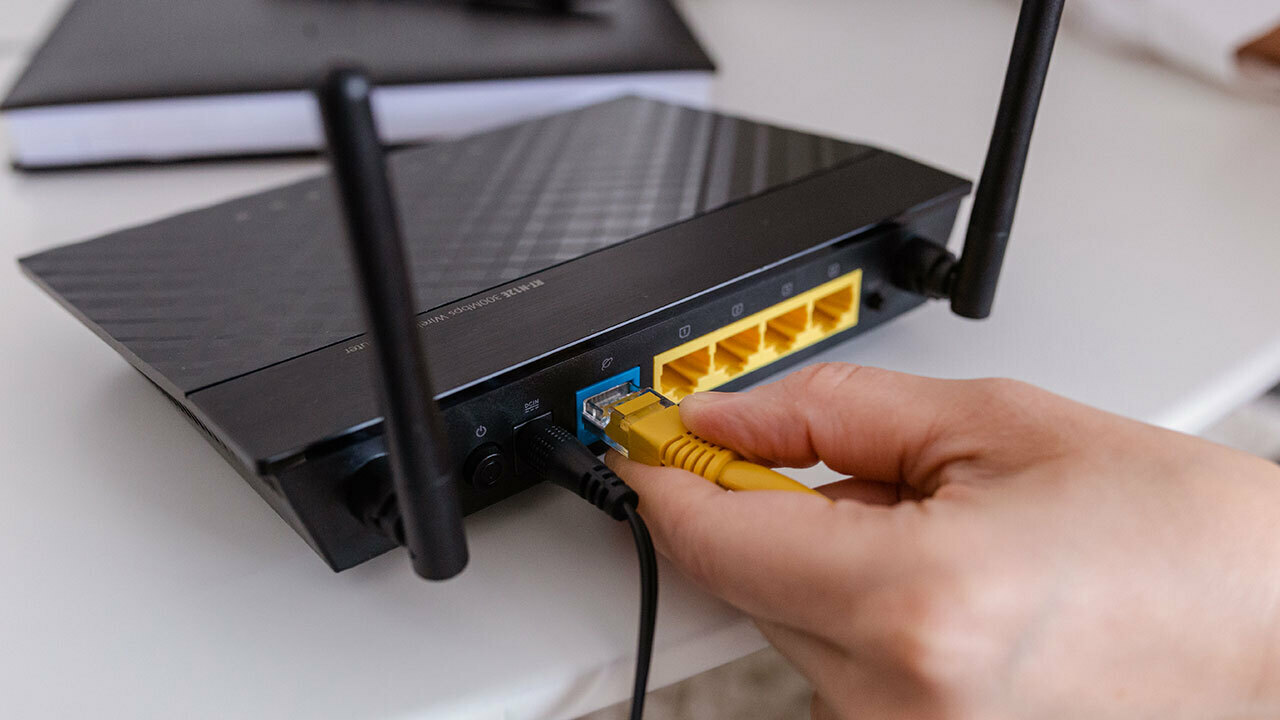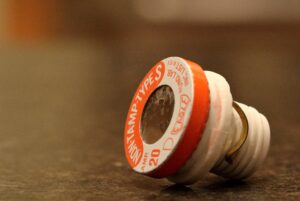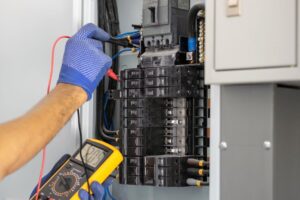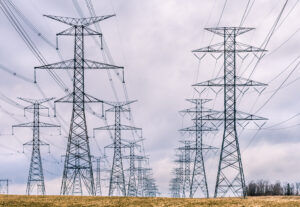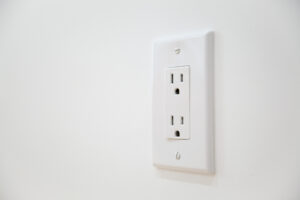Welcome to our blog post on how to install Ethernet cables in your home! With the increasing reliance on internet connectivity for work, entertainment and communication, having a stable and fast network connection has become more crucial than ever. While Wi-Fi is convenient, it may not always be reliable or secure enough for some users. By installing Ethernet cables throughout your house, you can enjoy faster speeds, lower latency and better security. In this post, we’ll guide you through everything you need to know about planning, preparing and executing an Ethernet cable installation project that suits your needs and budget. Let’s get started!
What is ethernet?
Ethernet is a local area network (LAN) technology used to connect devices within a limited area, such as a home, office or school. Ethernet uses a wired connection and can be faster and more reliable than wireless connections.
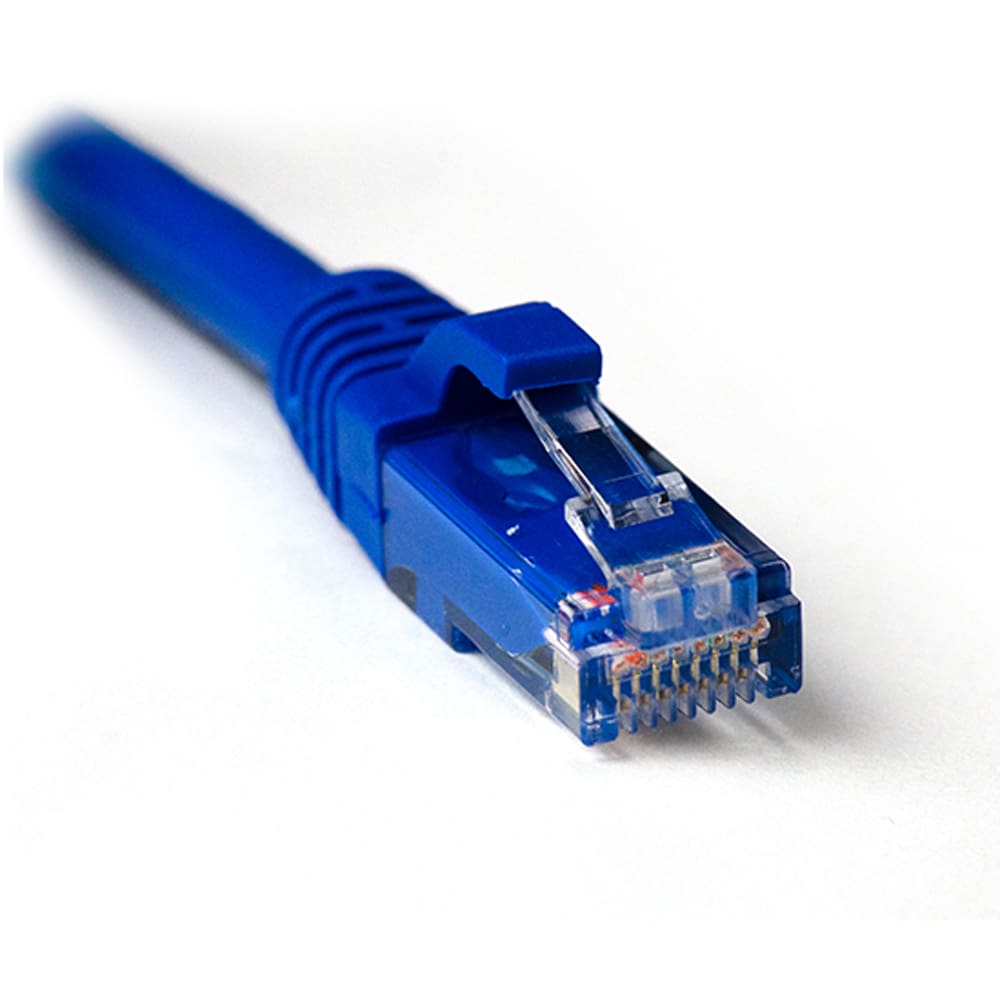
Ethernet cables are used to connect devices to an Ethernet network. Ethernet cables come in various lengths and types, depending on the intended use. For example, Cat5e cables are commonly used for connecting computers to an Ethernet network, while Cat6a cables are typically used for connecting servers or switches to an Ethernet network.
Installing Ethernet cables can be simple or complex, depending on the size and layout of your home or office. If you’re installing Ethernet cables yourself, it’s important to follow instructions carefully and use the correct tools and materials. Hiring a professional installer may be the best option if you’re not confident in your ability to install the cables correctly.
How to install ethernet cables in your home
If you’re looking to install ethernet cables in your home, there are a few things you’ll need to keep in mind. First, you’ll need to identify where you want the cables to go. This will help you determine how much cable you’ll need and what type of cabling is best suited for your needs. Once you have a plan in place, the next step is to gather the necessary supplies. Ethernet cables, a drill, screwdrivers, and wall plates are just a few of the items you’ll need. With everything in place, installing the actual cables is relatively straightforward. Just be sure to take care when running the cables through your walls so as not to damage them.
The benefits of having ethernet in your home
Ethernet is one of the most popular ways to connect to the internet, and for good reason. Ethernet offers several advantages over other methods of internet connectivity, including:
- Reliability – Ethernet connections are much more reliable than wireless connections, which can be easily disrupted by interference from other devices or simply due to the vagaries of radio waves.
- Speed – Ethernet connections are significantly faster than wireless connections, making them ideal for activities like online gaming or streaming video.
- Security – Because Ethernet connections are physical, they are much more secure than wireless connections, which can be hacked into relatively easily.
- Flexibility – Ethernet cables can be installed in a variety of ways, depending on your needs. They can be run through walls or under floors, making them ideal for homes with multiple stories or difficult-to-wire locations.
- Price – While initially more expensive than wireless solutions, Ethernet provides a better value over time as it is more reliable and faster. In addition, the cost of installing ethernet cables is often offset by the savings on your monthly internet bill.
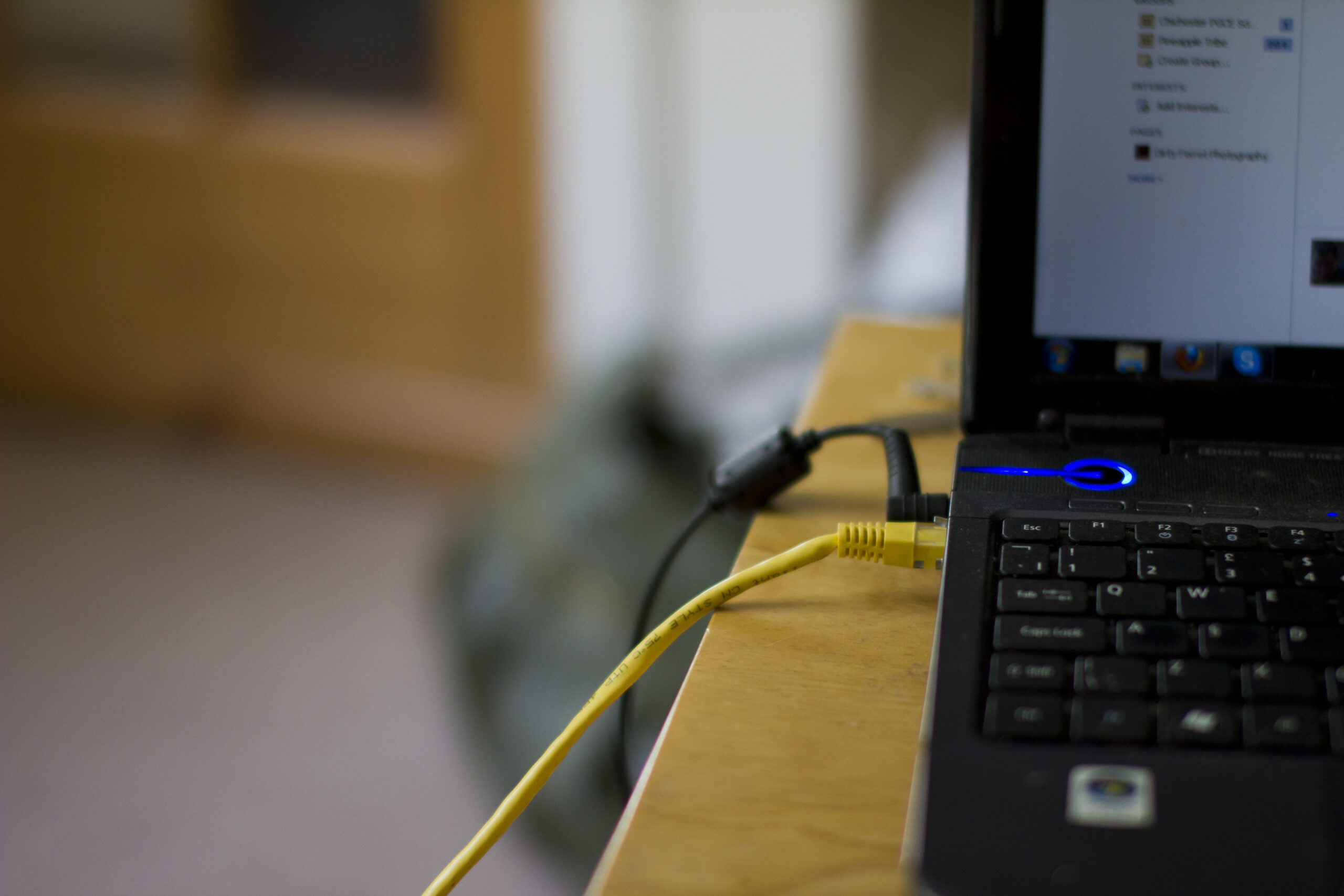
Things to consider when installing ethernet cables in your home
If you’re planning on installing ethernet cables in your home, there are a few things you’ll need to take into consideration. First, you’ll need to determine the best route for the cables. This may involve running them through walls or along baseboards. Once you’ve determined the route, you’ll need to measure the distance so you know how much cable to buy. You’ll also need to decide what type of cable to use. There are two main types of ethernet cable: shielded and unshielded. Shielded cable is more expensive but offers better protection against interference. Unshielded cable is less expensive but is more susceptible to interference. Finally, you’ll need to connect the cables to your devices. This will require an Ethernet port on your device as well as an Ethernet cable (either shielded or unshielded).
Conclusion
Installing ethernet cables in your home is a great way to ensure that you have fast and reliable internet access. Whether you’re looking for faster gaming speeds or just trying to improve your work-from-home setup, installing ethernet cables can be an easy and cost effective solution for all of your internet needs. Be sure to consult with us if you have any questions or concerns about installing ethernet cables in your home.

